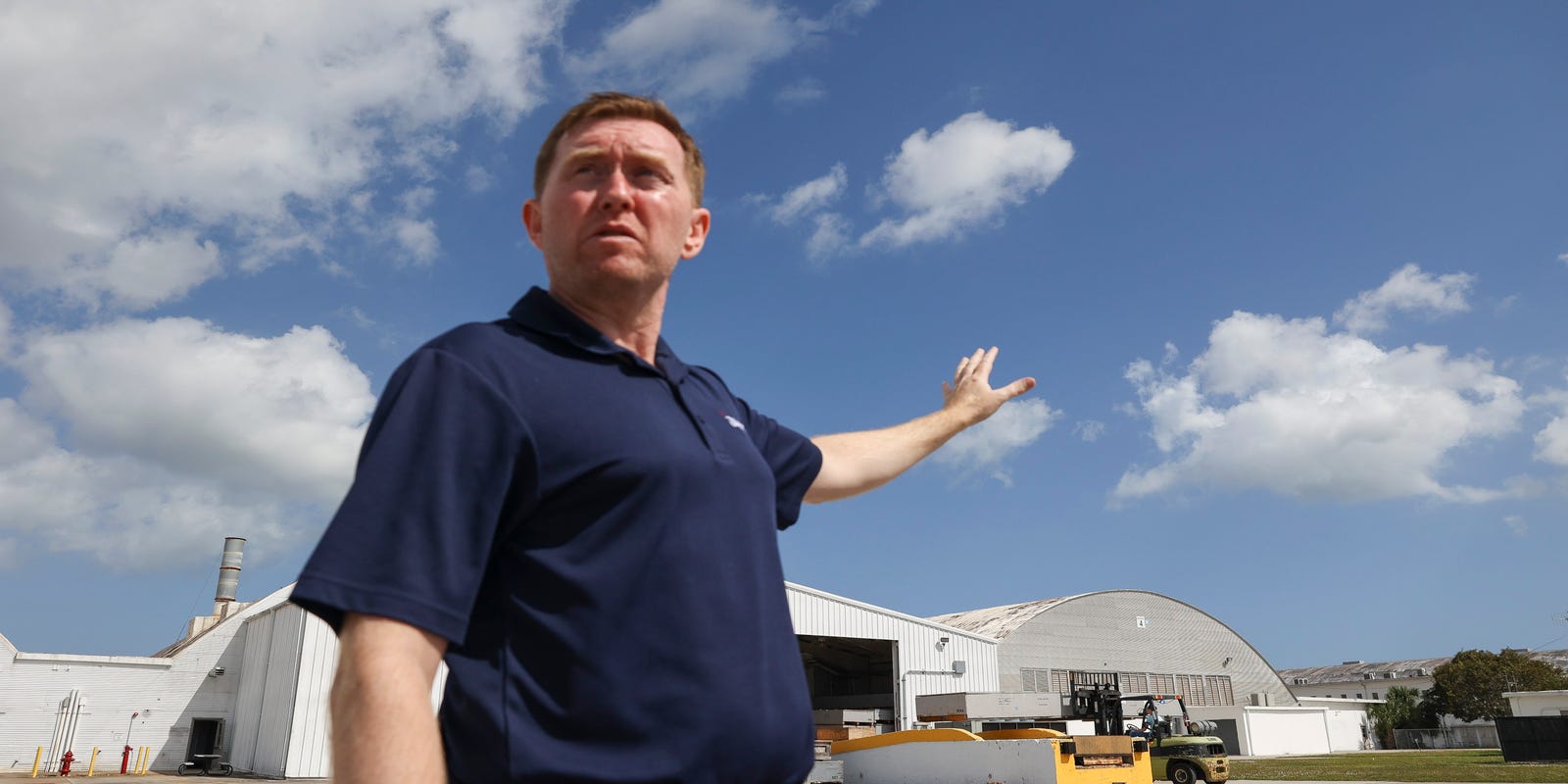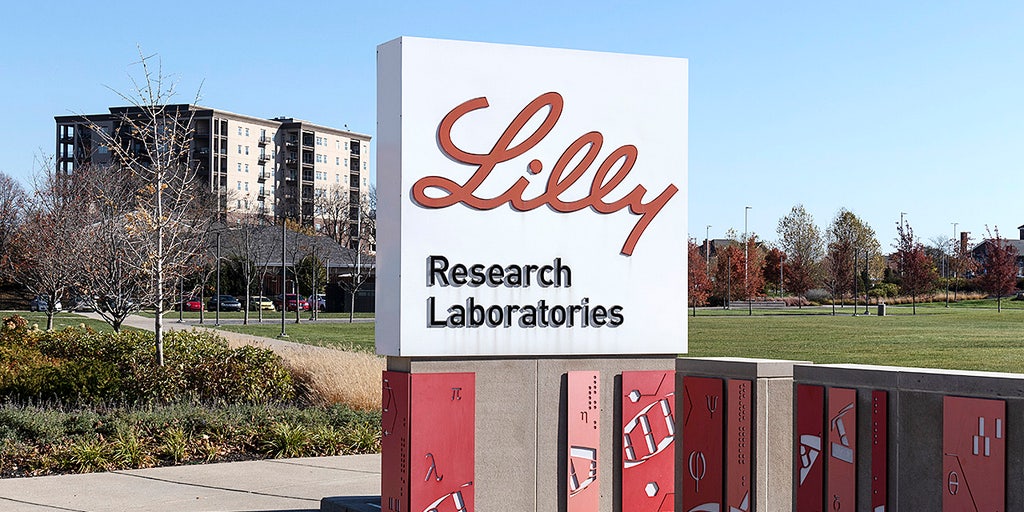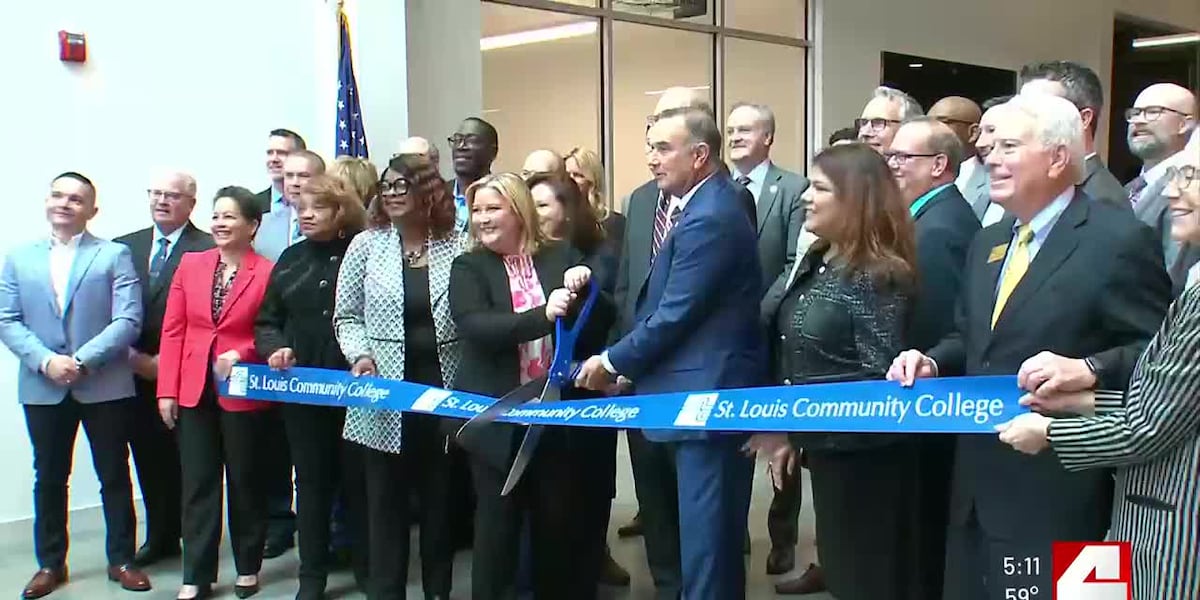Trade Wars and Threads: How Trump's Tariff Plan Could Unravel US Apparel Manufacturing
Manufacturing
2025-04-28 18:26:00Content
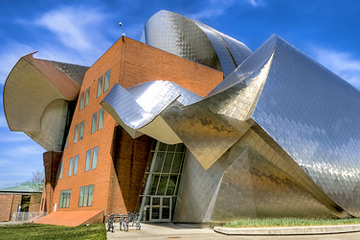
Bringing Apparel Manufacturing Back to America: Why Tariffs Aren't Enough
As the debate around reshoring American manufacturing intensifies, economists like Sue Helper, the Frank Tracy Carlton Professor of Economics, are offering critical insights into the complex challenge of revitalizing the apparel industry.
While President Trump's proposed tariffs aim to incentivize domestic production, simply imposing trade barriers won't magically resurrect America's clothing manufacturing sector. The path to genuine industrial revival is far more nuanced and demanding.
The key to successfully reshoring apparel manufacturing lies not just in building new factories, but in making substantial, strategic investments across entire supply chains. This means reimagining and reconstructing the intricate networks of sourcing, logistics, technology, and skilled labor that underpin modern textile production.
Tariffs can create initial economic pressure, but they are merely one piece of a much larger industrial transformation puzzle. True revitalization requires comprehensive planning, significant capital investment, workforce training, and a holistic approach to rebuilding an ecosystem that has been gradually dismantled over decades.
As the global manufacturing landscape continues to evolve, American policymakers and industry leaders must look beyond short-term protectionist measures and develop sustainable, long-term strategies for industrial renewal.
Unraveling the Textile Dilemma: Why Tariffs Alone Can't Revive American Manufacturing
In the complex landscape of global manufacturing, the apparel industry stands at a critical crossroads. As policymakers and economic strategists grapple with the challenge of revitalizing domestic production, a deeper understanding of the intricate economic mechanisms becomes paramount to meaningful industrial transformation.Breaking the Chains of Global Manufacturing Dependency
The Illusion of Tariff-Driven Reshoring
The notion that imposing tariffs can single-handedly resurrect the American apparel manufacturing sector represents a dangerously simplistic approach to a multifaceted economic challenge. Economic experts, including prominent scholars like Sue Helper from Case Western Reserve University, argue that protectionist trade policies are merely a superficial band-aid on a deeply wounded industrial ecosystem. Reshoring requires a holistic strategy that extends far beyond punitive trade measures. The intricate web of global supply chains, technological infrastructure, and skilled labor cannot be reconstructed through tariffs alone. Manufacturers face a labyrinth of challenges that demand sophisticated, multi-dimensional solutions.Supply Chain Complexity and Strategic Investment
The resurrection of domestic apparel manufacturing demands unprecedented levels of strategic investment. This goes well beyond constructing factory buildings or implementing protective trade policies. Companies must fundamentally reimagine their entire production architecture, investing in advanced technologies, workforce training, and innovative supply chain management. Modern manufacturing requires a comprehensive ecosystem of technological integration, from advanced robotics to artificial intelligence-driven logistics. The United States must cultivate an environment that supports technological innovation, provides robust workforce development programs, and creates economic incentives for long-term industrial transformation.Economic Realities of Global Competition
Global manufacturing landscapes are characterized by intricate economic dynamics that cannot be altered through simplistic protectionist measures. Countries like China, Vietnam, and Bangladesh have developed sophisticated manufacturing infrastructures that represent formidable competitive challenges. American manufacturers must develop unique value propositions that transcend mere cost considerations. This might involve focusing on high-quality, technologically advanced production methods, sustainable manufacturing practices, and rapid innovation cycles that differentiate domestic production from global competitors.Workforce Development and Technological Innovation
The future of American manufacturing hinges on creating a robust, technologically adept workforce. Educational institutions, government agencies, and private sector entities must collaborate to develop comprehensive training programs that equip workers with cutting-edge skills required in modern manufacturing environments. Investments in vocational training, advanced technological education, and continuous skill development will be crucial in rebuilding the nation's manufacturing capabilities. This requires a paradigm shift from traditional manufacturing models to more adaptive, technology-driven approaches.Policy Recommendations for Sustainable Reshoring
Effective reshoring strategies must integrate multiple policy dimensions. This includes targeted tax incentives, research and development grants, workforce training programs, and strategic infrastructure investments. Policymakers must adopt a nuanced, long-term perspective that recognizes the complexity of global manufacturing dynamics. Collaboration between government agencies, academic institutions, and private sector stakeholders will be essential in developing comprehensive strategies that can genuinely revitalize domestic manufacturing capabilities.RELATED NEWS
Manufacturing

Semiconductor Giant TSMC Doubles Down on US Chip Production with Massive Arizona Investment
2025-03-11 23:15:00
Manufacturing

Green Revolution: Sustainable Manufacturing Set to Skyrocket to $430 Billion by 2032
2025-04-03 16:07:00
Manufacturing
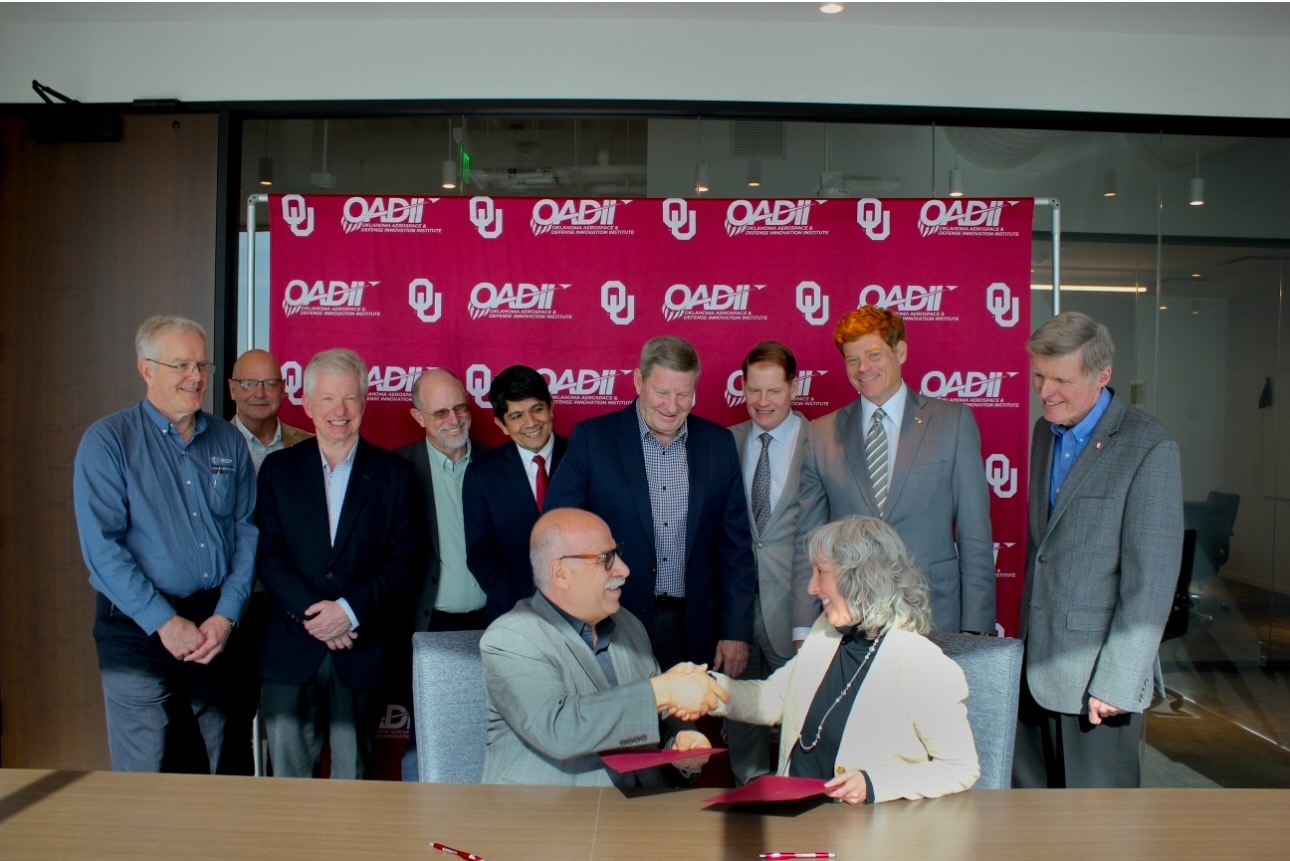
Breaking Boundaries: OU and Oak Ridge Lab Forge Future of Metal 3D Printing
2025-04-26 19:40:49


